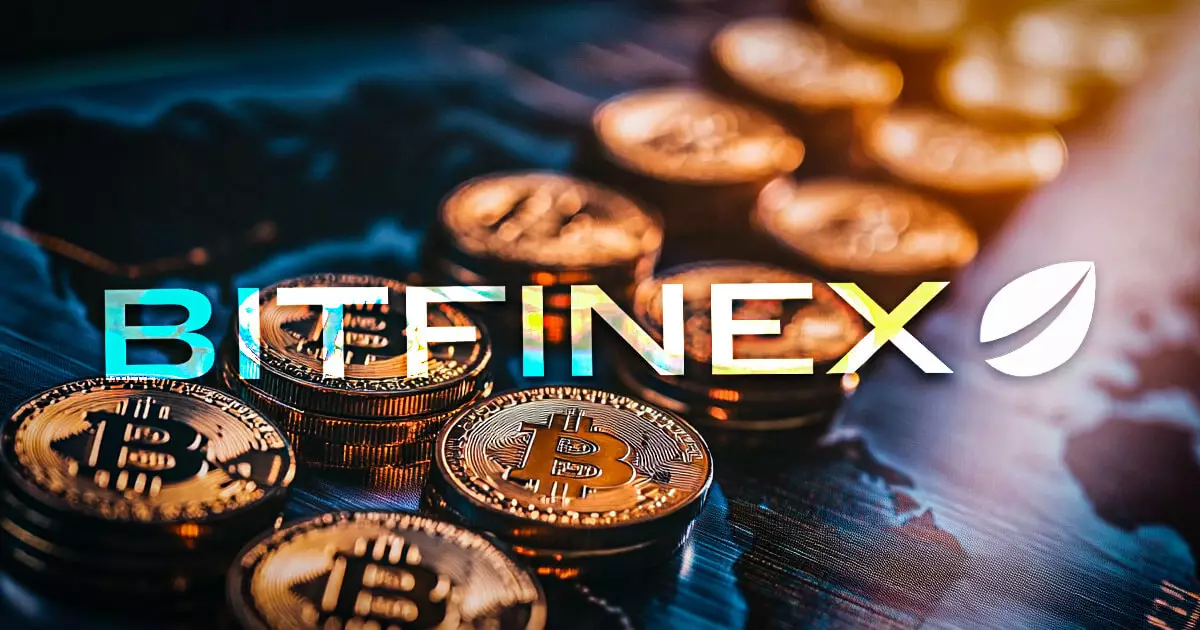In August 2016, the cryptocurrency exchange Bitfinex suffered a monumental security breach, leading to the theft of nearly 120,000 Bitcoin (BTC)—a staggering value that highlighted the vulnerabilities within digital asset exchanges. The fallout from this hack prompted significant operational and regulatory shifts within the cryptocurrency industry, as both users and stakeholders sought to understand the implications of such breaches. To manage the aftermath, Bitfinex took drastic measures, reducing all user balances by 36% and issuing a compensation token named BFX, designed to mitigate user losses. This token was pivotal, facilitating a mechanism for affected users to recoup losses over time.
Fast forward to the recent developments on October 9, 2024, where the US government ordered the return of 94,000 BTC seized in connection with the hack. This ruling was significant as it designated Bitfinex as the sole victim in the case, thus allowing for the in-kind restitution of the seized Bitcoin. The case has been intertwined with the actions of Ilya Lichtenstein and Heather Morgan, a couple who, after much legal scrutiny, entered guilty pleas related to laundering a substantial portion of the stolen assets. The decisions surrounding the restitution efforts illustrate the complexities of navigating cryptocurrency thefts, where the blurred lines of accountability often obscure the victim’s identity.
Interestingly, despite the Department of Justice’s (DOJ) appeals for other potential victims to come forward following the original restitution order, no further claims were made. This absence raises questions about the broader implications of such high-profile thefts in the digital currency realm. Are exchanges considered sole custodians, thereby leaving users with minimal recourse? Or does this finalize the narrative that responsibility primarily lies with the platforms handling these transactions? It seems that current legal frameworks are struggling to adapt to the fast-evolving world of cryptocurrencies.
Bitfinex’s journey toward compensating its users goes beyond legal confinements; it also encapsulates a novel approach to redemption and rebuilding trust. For instance, in July 2023, the exchange successfully reclaimed substantial assets from government seizures, exemplifying its commitment to rectifying past injustices. The forthcoming allocation plans – directing up to 80% of any remaining seized assets to UNUS SED LEO (LEO) token holders over the next 18 months – underscore a strategic pivot toward restructuring its financial integrity and offering users tangible value from past losses.
Ultimately, the case of Bitfinex not only serves as a textbook example of how authorities can interact with the ever-complex landscape of cryptocurrencies but also as a cautionary tale for both exchanges and users. As cryptocurrency gains mainstream attention, the need for more robust security measures and clearer legal frameworks becomes increasingly urgent. The evolving story of Bitfinex illustrates a critical juncture in which digital asset accountability and restitution efforts must converge, ideally driving innovation in protective measures that safeguard against future breaches while maintaining fairness and transparency in handling the aftermath.

